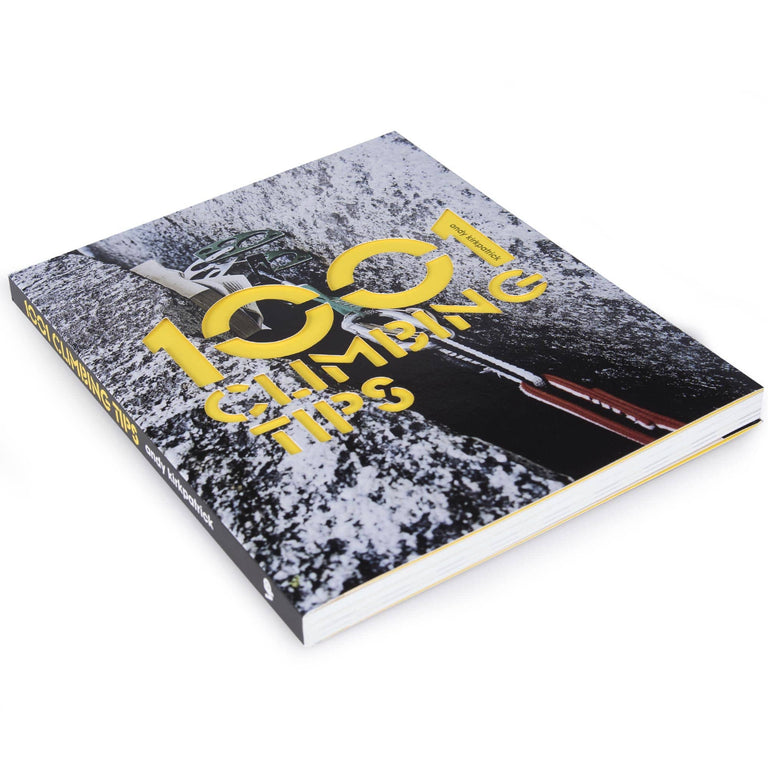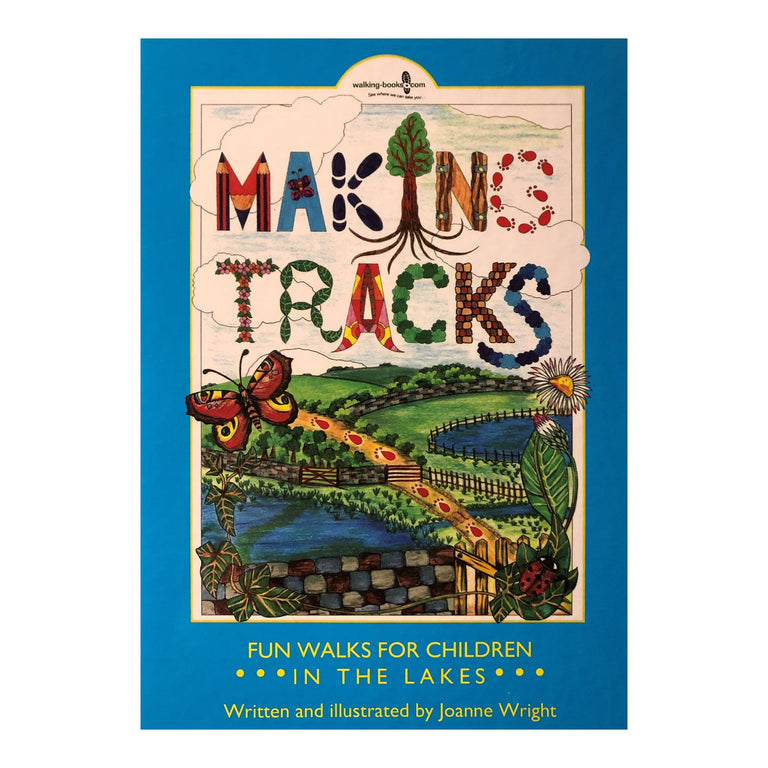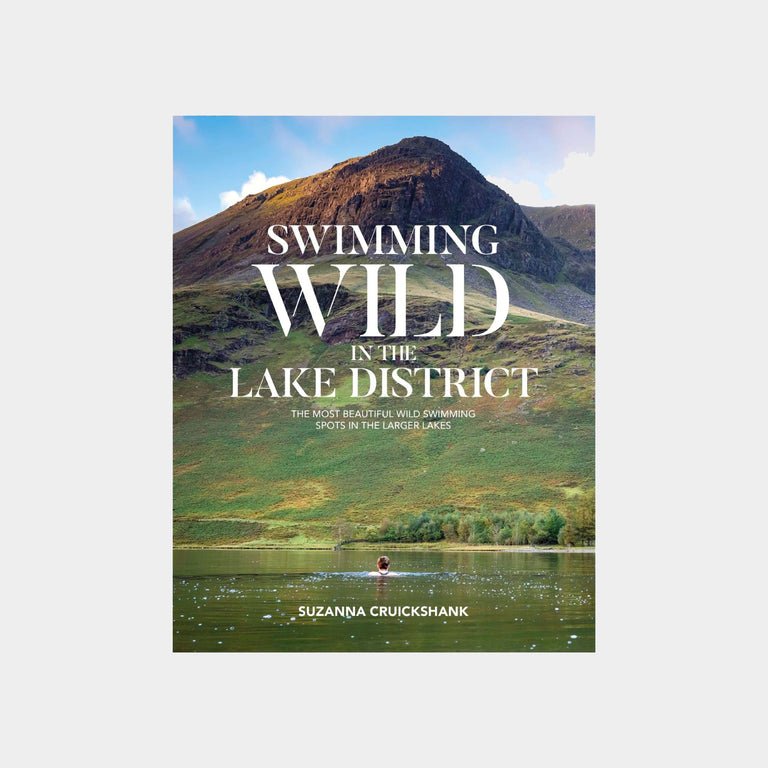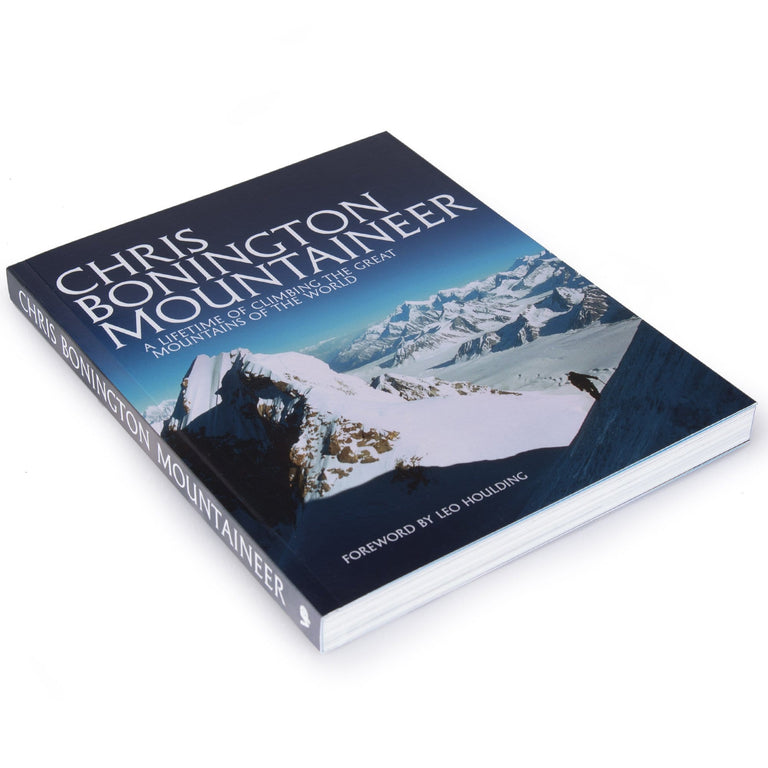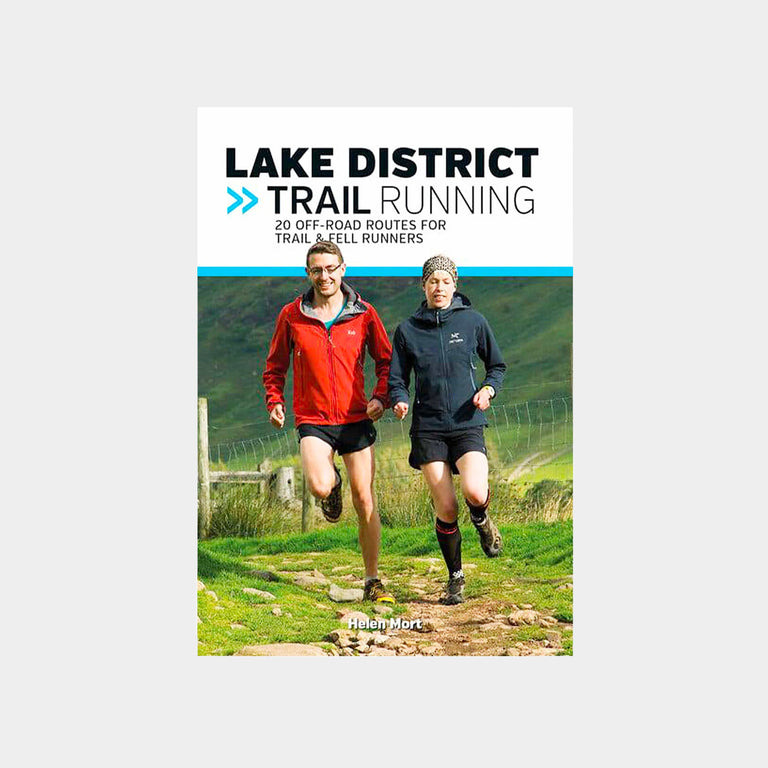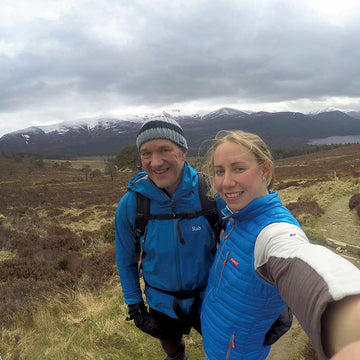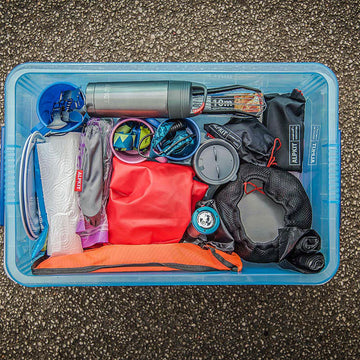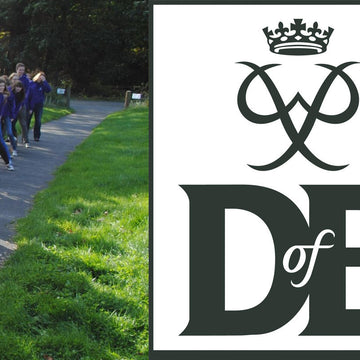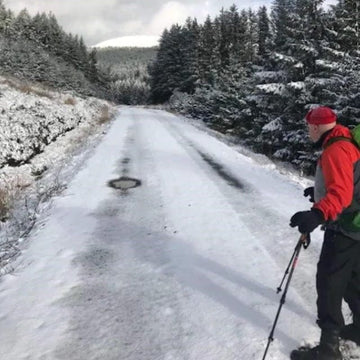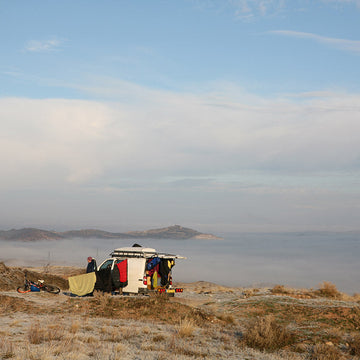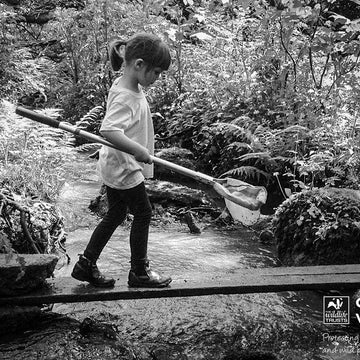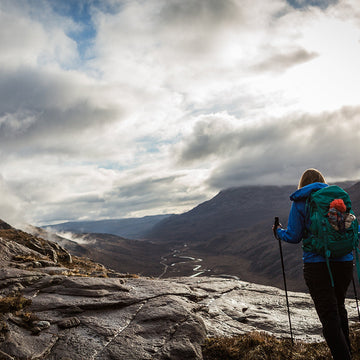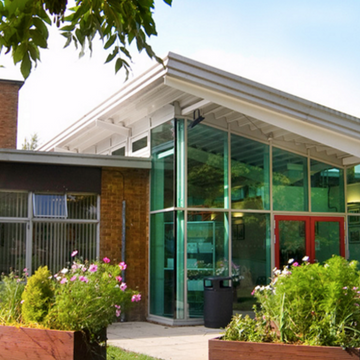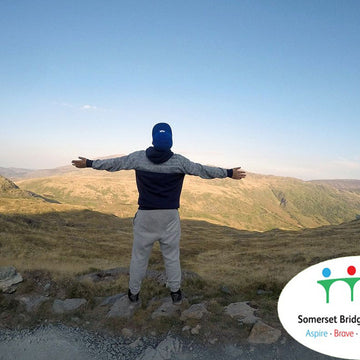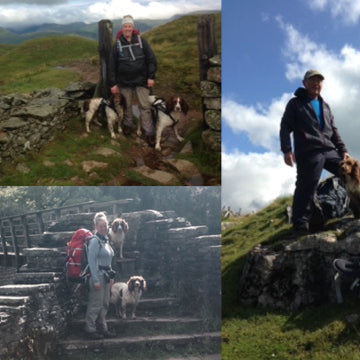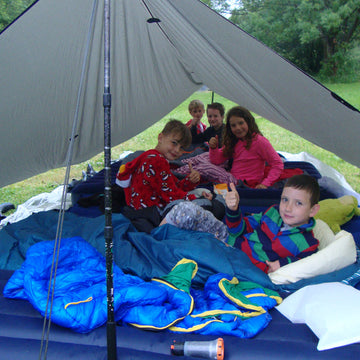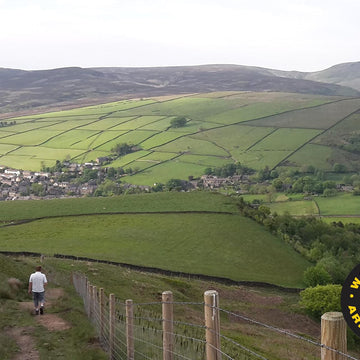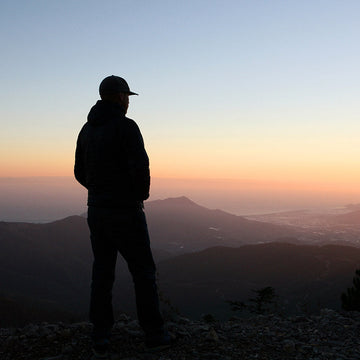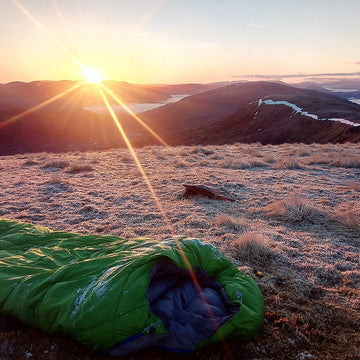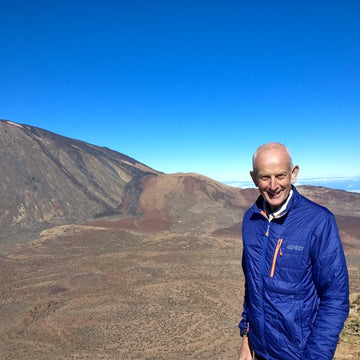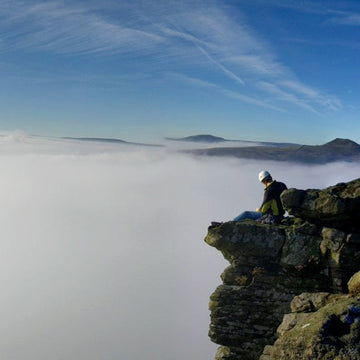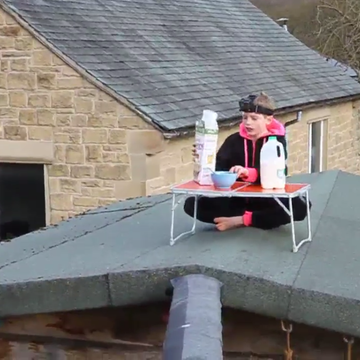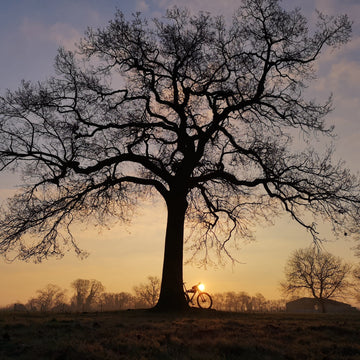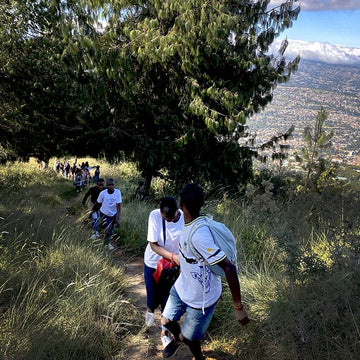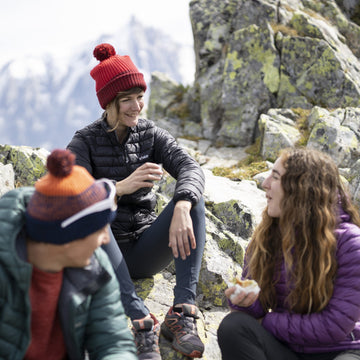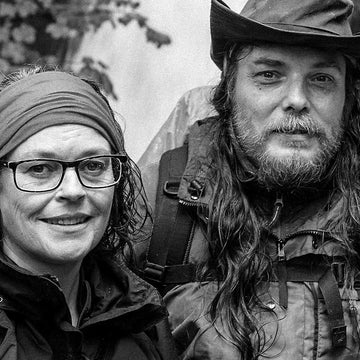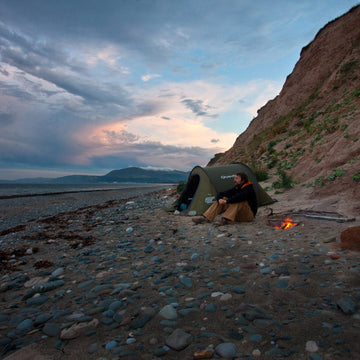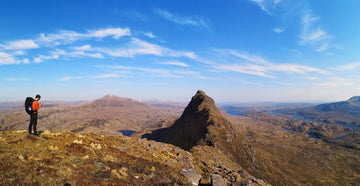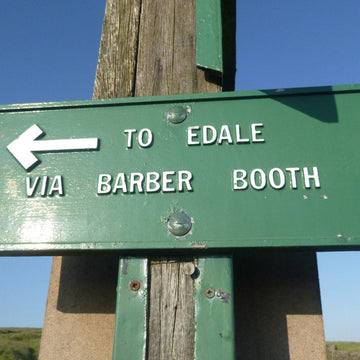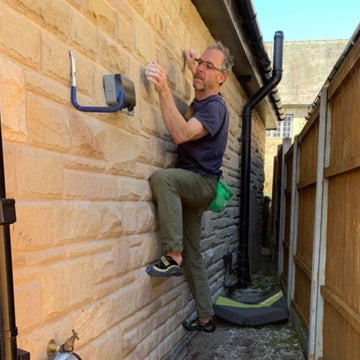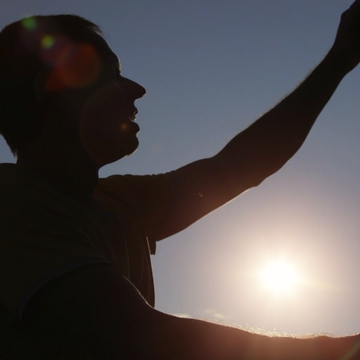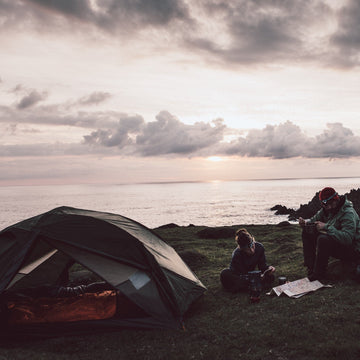
Fixing the Fells secures footpaths for future generations. Teams maintain rugged trails, preserving them for adventurers and ensuring safe access to majestic peaks.
With more frequent severe weather and an ever increasing footfall, it is continually putting immense pressure on our fragile mountain environments, so protecting these unique habitats is a constant job and one that regularly calls on bands of dedicated volunteers to help increase the capacity of work that can be carried out.
Fix the Fells is an ongoing project which uses traditional and cutting-edge techniques to repair and maintain footpaths, conserve fragile mountain habitats and upland landscapes. A small team of paid rangers are supported by volunteers who support their work helping to pitch paths, clear drains and prevent landscape erosion.
Each year they need to raise funds to support the work of their volunteer lengthsmen (the name for the volunteers - men and women - who support the footpath repair work), providing kit, tools and training as well as expenses for those who need it (and helps ensure that people are not excluded from getting involved).

Liz Islam from the Lake District Foundation got in touch with the Alpkit Foundation for support towards the work of the volunteers and told us a little about the work they do.
“Our work has a range of significant environmental outcomes, including: Protecting vital carbon sinks such as peat bogs using innovative ‘floating footpaths’ made from local sheep fleece, preventing the leaking of carbon dioxide into the atmosphere. Preventing the growth of ‘erosion scars’ which can grow as wide as a motorway, wiping out vegetation, disturbing local habitats and hydrology, and damaging terrain features such as mountain tarns. Restoration and repair work reduce erosion and protect rare plants from trampling and smothering. Our work can help to subtly direct people away from sensitive areas and have a hugely positive impact. For example through work on Helvellyn, a rare alpine plant ‘Mouse Ear’ was prevented from disappearing from the fell-side, while in Red Tarn (the lake below the ridge) the White Schelly fish was facing significant challenges as spawning grounds become clogged due to loose soil spilling from the ridge into the tarn, and which we were able to tackle through our work.
Being able to provide access to kit, safety gear, training and expenses is an important part of our Fix the Fells Volunteer Scheme efforts to ensure that the volunteering roles are inclusive, and to increase diversity within our volunteering team – and which also contributes to wider efforts to ensure that the National Park is reflective of the communities it serves.”
Despite the challenges of the last year, the project (which is part of a wider ongoing activity) has proven successful.
- From March to October 2021 1692 volunteering duty days were completed
- 591 drain runs have been completed since March (routine observational/maintenance walks)
- 97 individual volunteers joining over the period (in the early part of the year volunteering was limited to volunteers who lived within the local area)
- 153 Volunteer Work parties have been completed in 2021, contributing 725 work days and with many of these ‘unsupervised’ and led by their most experienced volunteers
- Formal training for volunteers was provided via the National Park in navigation, first aid and path maintenance. Practical training is now also provided ‘on the job’ to volunteers by paid Rangers in path survey and repair techniques, with a training record card being completed as experience is gained and recorded and is contributing to a growth in expertise across the whole Fix the Fells team.

All this work has seen the risk of erosion reduced, with path repairs targeted on areas where soil erosion is a significant risk. This has reduced damage to mountains and uplands, and prevented sediment being carried into rivers and lakes - improving and protecting water quality.
“The primary direct beneficiaries of the grant have been our volunteers, we have around 130 active volunteers who support our work on this project. Providing appropriate kit and tools ensures that they are safe, can complete their volunteering effectively. More broadly, visitors and walkers to the fells of the National Park benefited from the work that our volunteers undertake, and we have seen a huge increase in the volume of footfall on the fells over the course of the pandemic.
Of course, the other key beneficiary of the work is the landscape and biodiversity of the National Park, with our work to repair and protect footpaths playing a really important role in reducing erosion, preventing run off into our watercourses, and conserving fragile landscapes such as peat bogs and endangered plant species.”
If you're interested in helping, then find out more. Fix the Fells Volunteering



